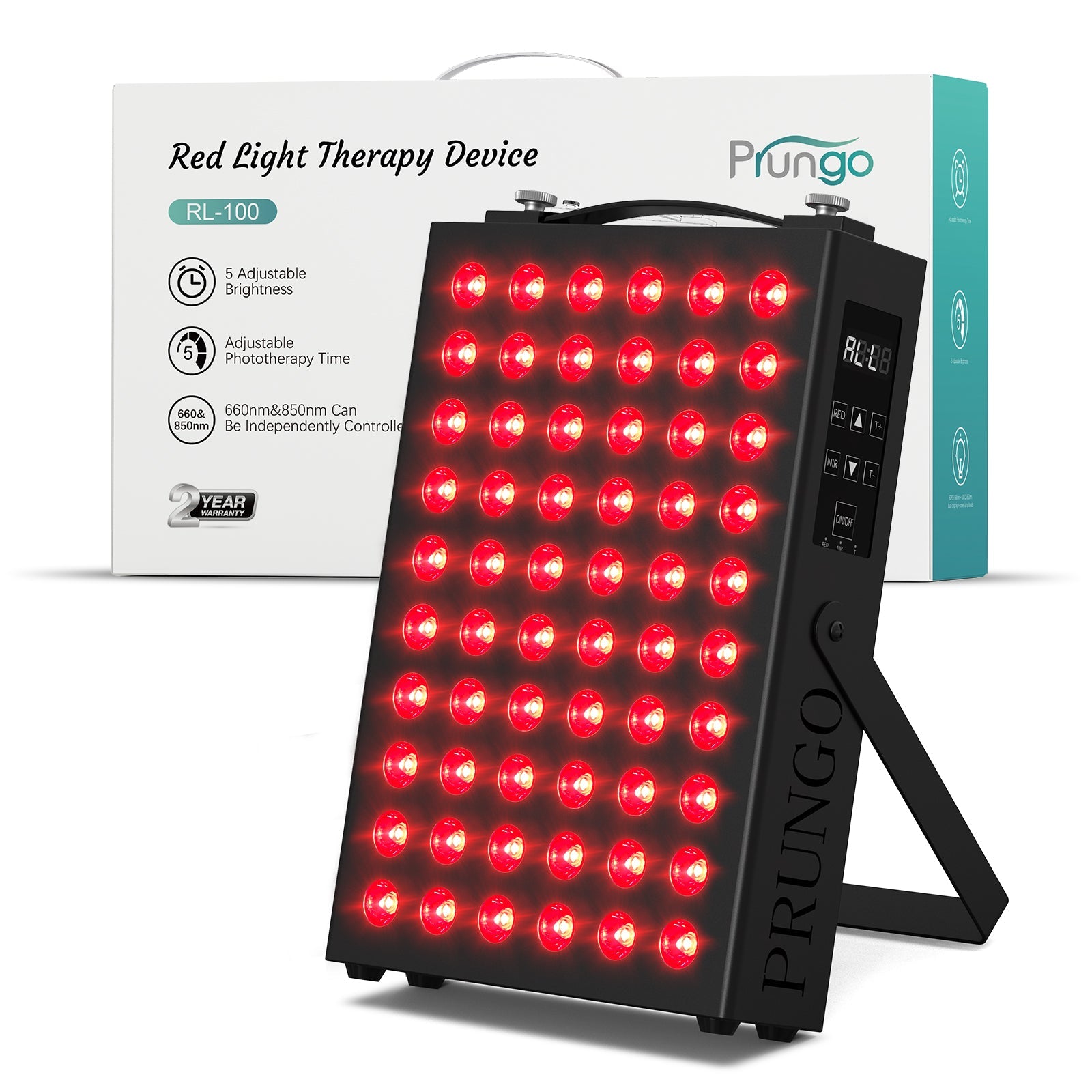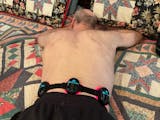The question for the best red light therapy device is not a one-size-fits-all endeavor. Your choice ultimately depends on what you intend to use it for and how you plan to use it. Before diving into the myriad options available, it's crucial to consider your specific needs and understand the fundamental functions of red light therapy.
Red light therapy, also known as low-level laser therapy (LLLT) or photobiomodulation, is a non-invasive treatment that utilizes red and near-infrared light to stimulate various cellular processes in the body. These wavelengths of light can penetrate the skin to reach the underlying tissues, promoting tissue repair, reducing inflammation, and improving skin health.
What is Red Light Therapy good for?
Red light therapy offers a plethora of potential benefits, including improved skin complexion, enhanced muscle recovery, and relief from pain and inflammation.
It works by stimulating the mitochondria within cells, increasing the production of adenosine triphosphate (ATP), which provides energy for various cellular functions. This process can optimize cellular performance, leading to a range of therapeutic effects.
What to consider when choosing a Red Light Therapy device?
Wavelength is important
Wavelength is a fundamental property of light, and it is the distance between two consecutive peaks (or troughs) of a light wave. In the case of red light, the wavelength falls within the range of approximately 620-750 nanometers (nm).
According to our extensive research, including practical and exploring experiment done by others, we conclude that the best effective wavelength of red light is around 650nm. That’s the red spectrum Prungo operates in.
Infrared light is often used in combination with red light therapy, and the ideal range of infrared light for red light therapy typically falls within the near-infrared spectrum. The near-infrared light spectrum generally ranges from approximately 700 nanometers (nm) to 1,400 nm.
Wavelength of 850nm can bring the best benefits for you when using red light therapy with infrared lights based on research. This is one of the presets that the Prungo operates in.

Enough Energy Density
Energy density is typically measured in joules per square centimeter (J/cm²). It represents the amount of energy delivered to a specific area of tissue over a given time.
Energy densities in red light therapy commonly range from 4 J/cm²to 100 J/cm²or more for different part from body. 72 J/cm2 density is effective for muscle.
The Prungo is optimized for the best energy density and that’s what allows its applications to be short and effective.
Effective Irradiance Zone
For your reference, it's worth noting that red light and near-infrared light devices tend to deliver their optimal effectiveness when their irradiance falls within the range of 20-200 mW/cm², with the Prungo, for example, offering an irradiance of 100 mW/cm².
A significant number of inexpensive red lamps available in today's market either lack sufficient energy density and irradiance, or they do not provide access to this critical data for consumers. It's advisable to steer clear of devices that withhold such crucial information, as incorrect wavelengths, inadequate energy density, and low irradiance can render a device essentially ineffective.
What Types of Red Light Therapy Devices ?
Facial Masks
Facial masks are specifically designed to target the face, neck, and décolletage areas. They are used for skin rejuvenation, reducing wrinkles, and improving skin texture. Facial masks are lightweight and comfortable to wear, making them a popular choice for skincare.
Red Light Therapy Belts
Red light therapy belts are commonly used for addressing issues like abdominal fat reduction, muscle recovery, pain relief in the lower back, and supporting overall well-being. These belts are often adjustable for a secure fit around the waist or other targeted body parts.
Red Light Therapy Wraps
These wraps are commonly used for localized pain relief, muscle recovery, joint mobility improvement, and the treatment of conditions like arthritis or tendonitis. They provide flexibility in terms of the treatment area.
Full-Body Beds and Panels
Full-body beds and panels are larger systems designed to provide whole-body red light therapy. They are often used for systemic benefits, including increased energy, muscle recovery, and pain relief. These devices are suitable for individuals looking for overall wellness and performance enhancement.
Combination Devices
Some red light therapy devices combine red light with other technologies, such as infrared or blue light. These combination devices may offer additional benefits, like addressing skin conditions (e.g., acne), enhancing skin health, and providing pain relief with a broader spectrum of light.
Professional and Clinical Devices
These devices are typically used in clinical or professional settings, such as medical offices or spas. They provide more powerful and customized treatments and can address a wide range of health and aesthetic concerns, including wound healing, pain management, and skin conditions.
Portable and Compact Devices
These devices are designed for on-the-go use and travel. They are compact and lightweight, making them convenient for maintaining a red light therapy routine while away from home like Prungo does.
Taking these factors into account will help you make an informed decision when choosing a red light therapy device. Tailoring your choice to your specific needs and goals is essential for a successful and effective therapy experience. For most needs and uses, you will find that The Prungo is just the thing.
















Share:
Does Red Light Therapy Work?
Harnessing the Potential of Photobiomodulation for Obesity Management